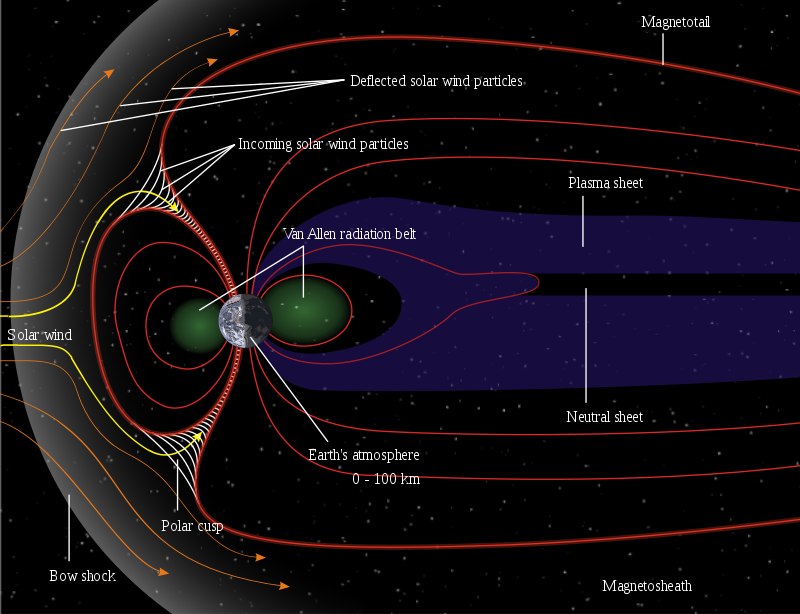Scientists Solve the Mystery of Why the Northern and Southern Lights Don't Match
Earth's auroras, which colorfully illuminate the skies at high latitudes, are among the most spectacular phenomena on the planet. These radiant light shows are also filled with mysteries, including odd asymmetries between the patterns of Northern and Southern lights, first noticed by scientists in 2009.
After ten years of puzzling over this unexpected imbalance between polar auroras, researchers led by Anders Ohma, a graduate student at the University of Bergen in Norway, think the answer could be the tilted pressure that the solar wind exerts on Earth's magnetic field.
Ohma and his colleagues published their findings last December in the Journal of Geophysical Research (JGR): Space Physics. Recently, their research was also adapted into a visualization by the Birkeland Center for Space Science.
First, a quick refresher on auroras: These lights are caused when the solar wind, which carries charged particles and plasma from the Sun, slams into Earth's magnetosphere. Solar particles are funneled into Earth's magnetic field lines, which run from pole to pole, until they run out of energy in the atmosphere. The precipitation and ionization of these particles prompts atmospheric molecules to emit the colorful lights often seen in polar night skies.
Scientists once assumed that these auroral light shows were mirror images of each other. But NASA satellite imagery published in a 2009 Nature paper revealed that the poles could express different auroral intensity patterns.
At first, scientists proposed that these variations were caused by the splitting and reconnection of lines in Earth's magnetic tail, or "magnetotail," an extended stream of particles swept to the nighttime side of Earth. The tail is generated by charged interactions between the magnetic fields of Earth and the Sun on the daytime side of the planet.
 Figure illustrating interactions between solar wind and Earth's magnetosphere (magnetail labeled at top). Image: NASA/Aaron Kaase
Figure illustrating interactions between solar wind and Earth's magnetosphere (magnetail labeled at top). Image: NASA/Aaron Kaase Ohma's team tested the theory out by examining multiple instances of tail reconnection recorded by polar satellites. The researchers found that this mechanism actually decreased asymmetry between the poles.
Read More:Earth's Magnetic Field Almost Collapsed 565 Million Years Ago
The study suggests another mechanism is responsible-the Sun's pressure on the magnetotail. When the solar wind hits Earth's day side in an east-west orientation, the magnetotail becomes tilted on the nightside, the team learned. This off-kilter orientation could account for the odd asymmetries seen in the Northern and Southern lights.
"This study explains both how asymmetries are created [and] it is exactly opposite of what I and many researchers have thought," said Mike Liemohn, editor-in-chief of JGR-Space Physics, in a statement. "Therefore, this result is kind of big deal."
Get six of our favorite Motherboard stories every dayby signing up for our newsletter.